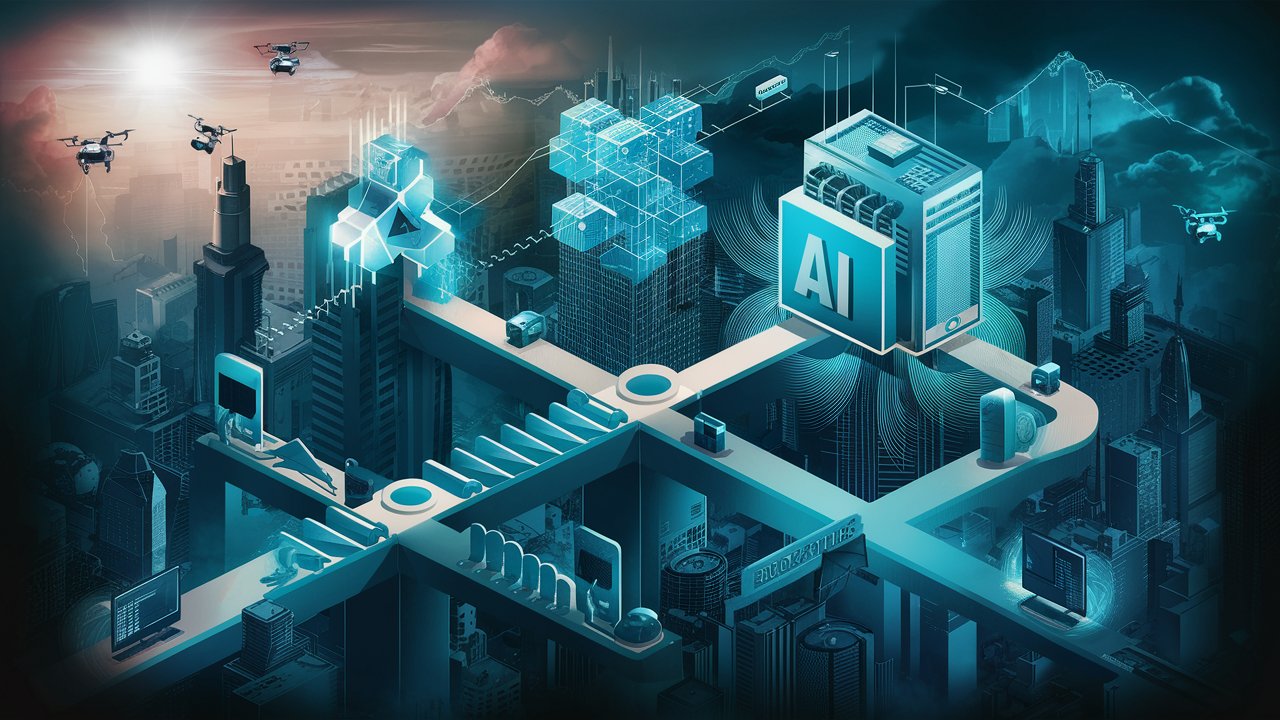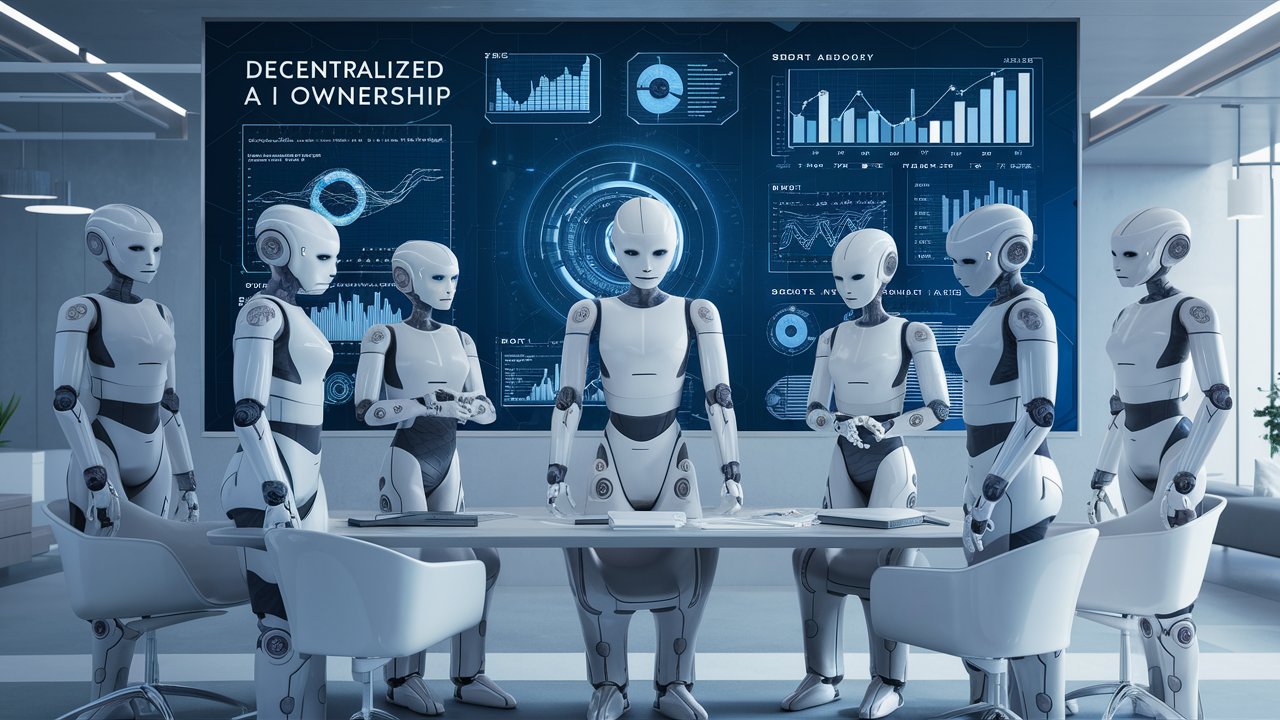Integrating blockchain with AI offers numerous potential benefits, such as enhanced security, transparency, and decentralization. However, this integration also presents several challenges. Here are the main challenges and potential solutions:
1. Scalability
- Challenge: Blockchain networks, especially those using proof-of-work (PoW) consensus mechanisms, often face scalability issues. High computational costs and slow transaction speeds can hinder the real-time processing needs of AI applications.
- Solutions:
- Layer 2 Solutions: Utilize layer 2 scaling solutions like Lightning Network or Plasma to handle transactions off the main blockchain, reducing congestion and increasing speed.
- Alternative Consensus Mechanisms: Adopt more scalable consensus mechanisms like proof-of-stake (PoS) or delegated proof-of-stake (DPoS), which require less computational power and offer faster transaction times.
- Sharding: Implement sharding, which divides the blockchain into smaller, more manageable pieces (shards) that can process transactions in parallel.
2. Data Privacy
- Challenge: AI models require large amounts of data, often sensitive, while blockchain’s transparency can compromise data privacy.
- Solutions:
- Zero-Knowledge Proofs: Employ zero-knowledge proofs (ZKPs) to verify transactions and computations without revealing the underlying data.
- Secure Multiparty Computation (SMC): Use SMC to allow multiple parties to jointly compute a function over their inputs while keeping those inputs private.
- Off-Chain Storage: Store sensitive data off-chain in secure, encrypted databases, while storing only essential, non-sensitive metadata on-chain.
3. Interoperability
- Challenge: AI systems and blockchain platforms often operate in silos, making it difficult to integrate them seamlessly.
- Solutions:
- Interoperability Protocols: Develop and adopt interoperability protocols like Polkadot or Cosmos, which enable different blockchains to communicate and share data.
- Standardized APIs: Create standardized APIs that facilitate communication between AI systems and various blockchain platforms.
4. Computational Resources
- Challenge: AI computations, especially deep learning, require significant processing power, which can be costly and resource-intensive on blockchain platforms.
- Solutions:
- Hybrid Architectures: Use hybrid architectures where heavy AI computations are performed off-chain on high-performance computing resources, while blockchain is used for logging, verification, and smart contracts.
- Decentralized AI Marketplaces: Utilize decentralized AI marketplaces like SingularityNET, where computational resources for AI tasks can be rented as needed, optimizing costs and efficiency.
5. Security and Trust
- Challenge: Ensuring the security and trustworthiness of AI models and data on a decentralized network can be difficult, given the potential for malicious actors.
- Solutions:
- Smart Contract Audits: Regularly audit smart contracts and employ formal verification methods to ensure their security and correctness.
- Reputation Systems: Implement reputation systems where participants’ trustworthiness is evaluated based on their past behavior and contributions.
- Federated Learning: Use federated learning to train AI models across multiple decentralized nodes without sharing raw data, enhancing security and trust.
6. Regulatory Compliance
- Challenge: Navigating the complex and evolving regulatory landscape for both AI and blockchain technologies can be challenging.
- Solutions:
- Regulatory Sandboxes: Participate in regulatory sandboxes to test and develop compliant solutions in collaboration with regulators.
- Compliance by Design: Incorporate compliance into the design and development process, ensuring that the integration adheres to relevant laws and regulations from the outset.
- Legal Consultation: Work with legal experts specializing in AI and blockchain to stay informed about regulatory changes and ensure ongoing compliance.
7. Latency and Real-Time Processing
- Challenge: Blockchain’s inherent latency can impede real-time processing, which is crucial for many AI applications.
- Solutions:
- Edge Computing: Use edge computing to process data locally and reduce latency, while blockchain is used for secure and verifiable logging.
- State Channels: Implement state channels to enable fast and low-cost transactions between parties off-chain, only settling on-chain when necessary.
Conclusion
Integrating blockchain with AI presents significant challenges, but these can be addressed with a combination of technological solutions and strategic approaches. By focusing on scalability, data privacy, interoperability, computational resources, security, regulatory compliance, and latency, developers can harness the combined potential of these powerful technologies to create more secure, transparent, and efficient systems.





